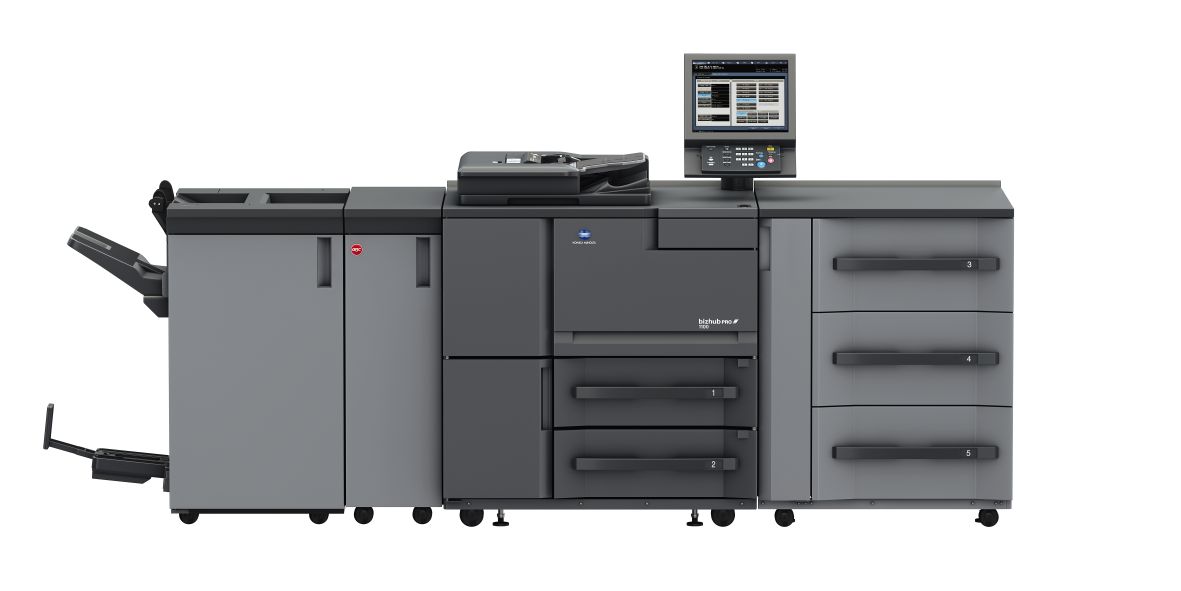Digital printing
Digital printing is a technology for producing prints using a variable printing form. Changes in the printing press at each stage are controlled by the computer of the publishing system. Since films and forms are not used in the technological process, not only the cost of preparatory processes is significantly reduced, but also the risk of loss of quality at these stages of printing. This type of technology is used for printing small-sized advertising or commercial publications, which may be amended during the production of the circulation even after printing each copy. This allows you to print an unlimited number of copies from 1 to several thousand.
Digital printing is the fastest way to print today. It is made directly from a computer to a printing device without such intermediate steps as outputting films, making molds, adjusting the printing machine. This technology retains color saturation, but printing is only with CMYK inks, i.e. Cannot print with Pantone inks.
Digital printing has created a revolution in modern human life. Digital printing was able to instantly solve a number of problems that arose when working with analog printing. The possibilities of modern digital printing have provided wide opportunities for people.
What is the difference between digital printing and analog? In modern printing, data is provided in the form of digital information, then it is converted into a matrix, which consists of dots (pixels). As a result, the digitized data is used for applying dye or exposure. When working with digital printing, you have new opportunities for editing data.
Pluses of color digital printing:
1) Low cost of small runs. For example, printing 100 business cards or 200 brochures is much cheaper than doing this on offset printing.
2) Short deadlines and high speed. Instant printing is the fastest type of printing. Indeed, in digital printing there is no output and production of films.
3) Great quality. Already during printing, you can make any adjustments. With minimal investment, fix the error or correct the color in the layout.
4) Digital printing is the best technology when printing personalized documents: diplomas, letters, cards. During offset printing, this is not possible.
Digital printing also has several disadvantages:
1) In digital printing, there is a limited image drum; it is impossible to achieve a perfectly dark die (black, blue, brown).
2) Do not use Pantone, gold or silver paint.
3) Limited paper size, which does not allow printing large posters.
Having considered the pros and cons, we can say that the advantages of digital printing exceed the disadvantages. Digital printing provides tremendous opportunities for designers. Using a non-contact printing method, the risk of distortion in the image is reduced to almost zero. This cannot be achieved with analog printing. Digital printing does not stand still and is developing in full swing. Each time more and more new technologies and equipment are released. The cost of color digital printing depends on the type and size of paper, color, the volume of circulation and type of printing (single or double-sided).
Our equipment:
XEROX is a leading manufacturer of the entire spectrum of digital printing equipment from models for personal users to high-tech devices for professional printing.
XEROX delivers solutions to increase the efficiency and profitability of customers around the world. Today, XEROX operates in 160 countries and produces more than 200 products.
Konica Minolta – one of the world's leading manufacturers of laser printers, photocopiers, fax machines, medical photo equipment, optical components and measuring equipment.





